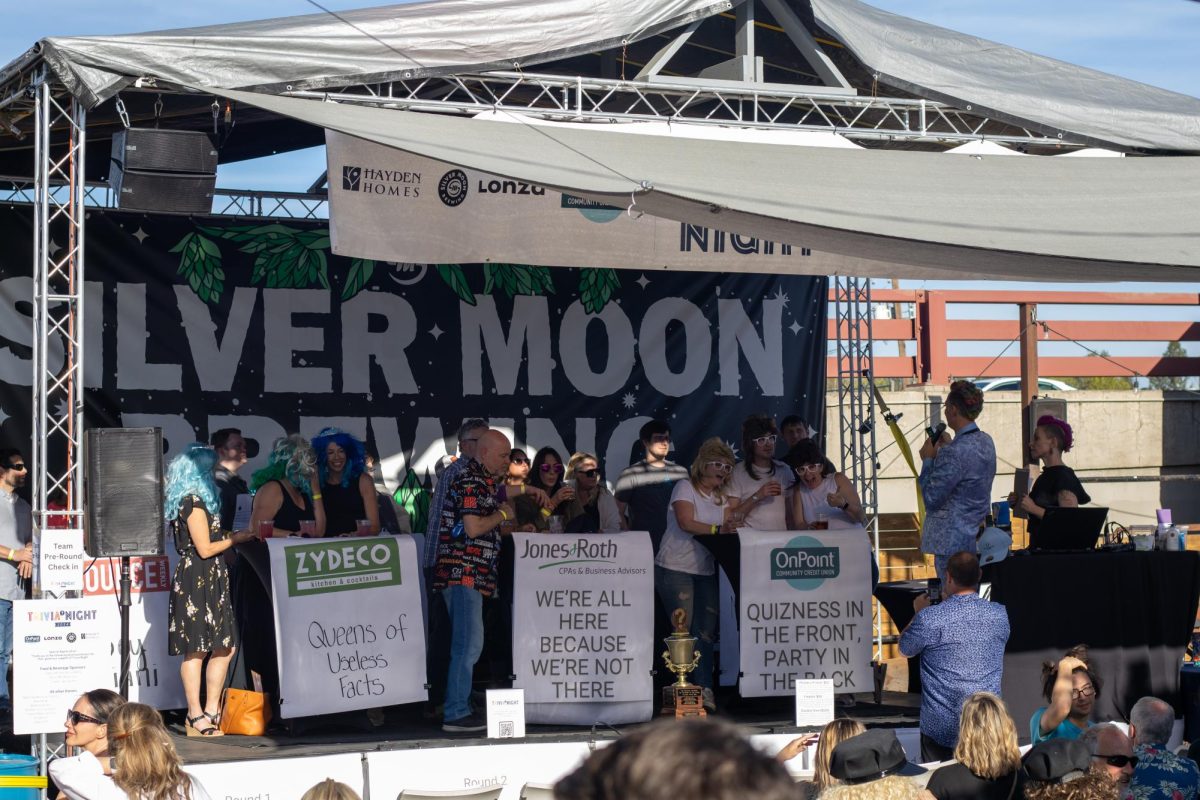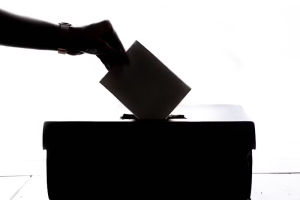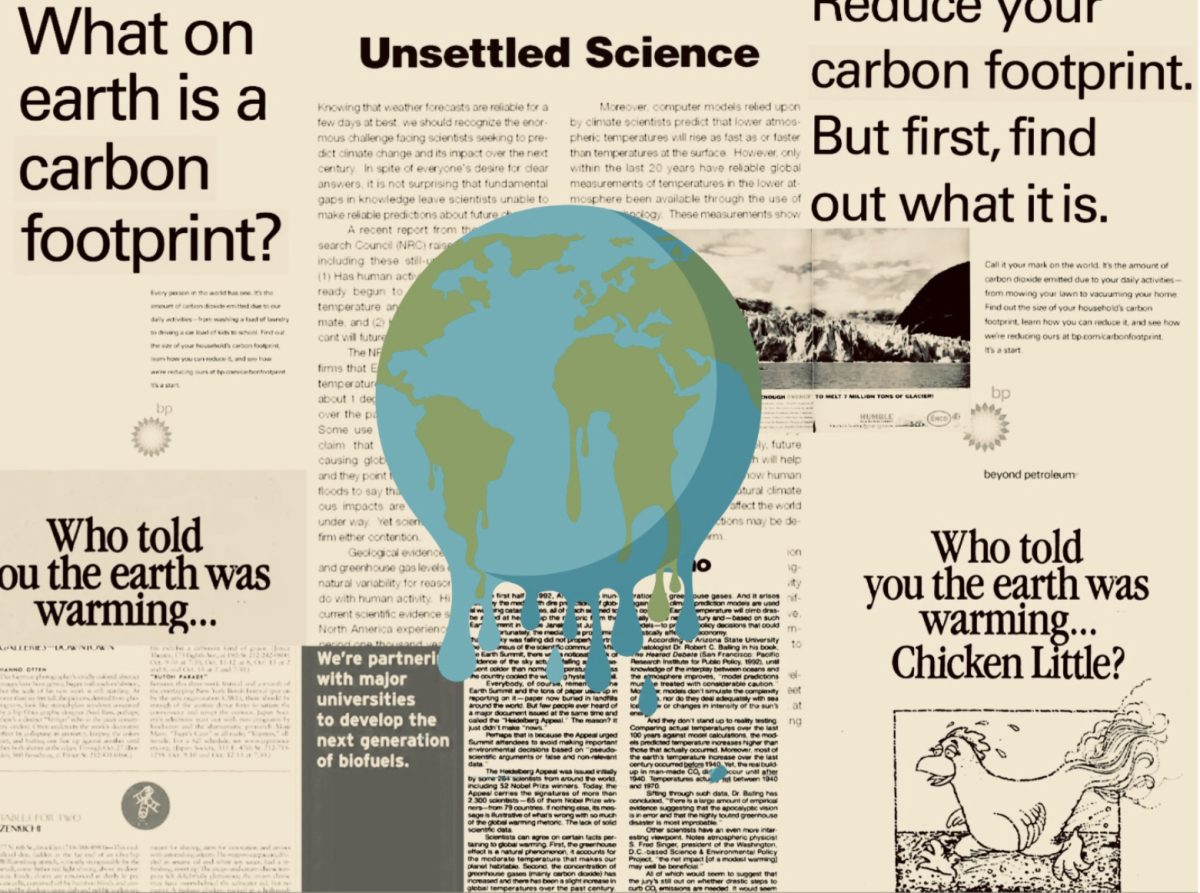Here’s What to Expect From 2023, as Predicted From 1923
Did we exceed 1923s predictions for 2023, or are we disappointments?
Imagine a 200-year lifespan with flying cars, four-hour work days and women blackening their teeth for style. Although it sounds nothing like the world we live in today, this was predicted back in 1923.
Paul Fairle, a researcher at the University of Calgary, put together a viral thread of predictions made by people in 1923, located on twitter. It contains their hopes, dreams and fears of what 2023 would look like in America. Doctors explained their predictions in science, and everyday people spoke of their aspirations for the next century.
Fashion Trends:
Style has changed rapidly throughout the years. Suits and dresses in the 1950s, leather and jean jackets in the 1980s, and now crop tops and sweats. What styles did people from 1923 think would be in fashion?
The hairstyle for men in the 1920s was short, clean and tight, women’s hair was long and usually curled by using several curved combs and placing them on damp hair to dry. They then wrapped their hair around high-heat curling tongs to produce a tight wave. This left them with a “Curled Updo,” a popular hairstyle back then. However, their predictions for men’s and women’s hairstyles in 2023 were drastically different.
A citizen featured in the thread of predictions stated his predictions for style, saying that “women will probably be shaving their heads! And the men will be wearing curls. Also, the maidens may pronounce it the height of style in personal primping to blacken their teeth.”
He stated this in fear and almost as a joke, but he wasn’t far off from the reality of it. The popularity of women with buzzed and bleached hair is rising. In 1923, a shaved head was incredibly rare—but now, commercials, models and celebrities have embraced this rising style.
The prediction for men curling their hair wasn’t completely wrong either. The style of long wavy hair is a trend most men are following. Some men even take the extra step and actually curl their hair into a perm.
Another thing the citizen brought up was women blackening their teeth. As of now, this trend has not been seen in America. Blackened teeth have been a sign of beauty for some Asian countries since the Heian Era (794 – 1192). Some rappers have put ‘ice’ or diamonds on their teeth, such as Lil Wayne, ASAP Ferg, Nicki Minaj, and A$AP Rocky. Despite this, no American rapper has blacked their teeth out…yet.
Beauty Contests:
1923 predicted that “beauty contests will be unnecessary as there will be so many beautiful people that it will be almost impossible to select winners. The same will apply to baby (beauty) contests.”
Now, this prediction’s true meaning is determined by how you think about it. Models back in 1923 were predominantly tall, blonde and blue-eyed. They predicted that everyone would be a model, or beautiful like a model…does this mean they predicted everyone would be tall, blonde and blue-eyed? Or that the definition of beauty itself would change?
Even though we still have beauty contests, the diversity in these models has shifted. According to a Cultursmag article “Lacking Diversity in the Modeling World,” research reveals that Asian models only represented 8.8% of all models. Black models follow behind at 8%. Non-white Latina models only represented 2.4%. Models of other races only represented 0.9% as of 2014. However in the past six years, the percentage of non-white models has doubled from 20%.
Lifestyle:
Style has changed rapidly throughout the years, but something that might have changed more was quality of life. In the 1920s, people mainly worked in factories with 10 to 12 hour work days, unsafe working conditions and repetitive and monotonous work. People had high hopes for the future.
In the article, electrical expert Dr. Charles P. Stein-Metz was asked what he hoped was in store for the future of work and cleanliness. He responded: “The time is coming when there will be no long drudgery, and that people will toil not more than four hours a day, owing to the work of electricity. I visualize an amazing transformation in life in 2023. Every city will be a spotless town.”
However, Stein-Metz would be disappointed. 100 years ago, men worked an average of 40.5 hours per week, while women worked 36.6 hours per week according to a The Balance Money article “What is the Average Number of Work Hours per Week?” In 2023, this drops down to an average of 39 work hours per week…far from four hours a day.
To further disappoint Stein-Metz there are no clean streets. Traffic is still a major issue in big cities, the streets are still dirty and homelessness nationwide has increased by two percent. This change marked the fourth straight year of consistent homeless population growth, according to an End Homelessness article, “State of Homelessness: 2022 edition.”
Technology:
Despite ten-hour work days and rotting streets, people had high hopes for technology. Even though modern cell phones wouldn’t be made for another 50 years, in 1923, citizens were excited about what new technology would be developed.
One responder stated that he hoped the future would have “watch-size radio telephones that will keep everybody in communication with the ends of the earth.” Not only have we met this prediction, we have possibly succeeded this person’s hopes for us.
The people predicted watch-sized phones and received Apple Watches. The Apple Watch was released in April 2015 and quickly became a best-selling device worn on the wrist. More than 100 million people were estimated to use an Apple Watch as of Dec. 2020 according to an Apple Insider article “Apple Watch history, Features, Specs, Deals.” These watches allow you to call, text, take pictures, play games and connect to the internet—anything a smartphone can do, but on your wrist.
In 1923, communicative technology was still incredibly new. Radios became popular between the 1920s and 1930s, and were all the hype in 1923.
Radio was new and had infinite possibilities ahead of it. One of these possibilities, predicted by a citizen in 1923, was that “by the year 2023, gasoline as a motive power will have been replaced by radio.”
Radio was believed to replace the gasoline by flipping around what gives and receives energy. The radio works by pulling power from the battery and alternator. The hope was to find a way for the radio to hold its own power and from their charge the battery and engine removing the need for gasoline in the engine. However, in the 1950s, the tv overcame the radio, and the radio’s future became fuzzy. TV waves have a shorter wavelength than radio waves, and so diffract less. Therefore, radio never fully developed so it never got the chance to replace gas. That doesn’t mean gasoline isn’t going away. Electric-powered cars are rising in style. Nowadays, buying a brand-new gasoline car is exceptionally harder.
Electric cars are gaining more and more popularity. Electric-powered car sales are expected to rise by 57% in 2023 to 10.6 million. Tesla and other popular electric car companies predict that gas-powered cars will cease production within the next two decades.
Lifespan:
The lifespan of a human was predicted by a scientist to be an average of 300 years. On two occasions prolonged life was predicted. The article stated, “A scientist says a century from now the average length of human life will be 300 years.” And another prediction for prolonged life is when the article states “By 2023 the average life of man could be increased to 100 years. In individual cases, it could be increased to 150, perhaps 200 years.”
Our average length of life is quite shocking and nowhere near 300 years or even 150 years. The average lifespan for a person in America is currently about 77 years. Compared to the average lifespan in 1923—about 54 years—it has risen over 30%. A definite increase, but not even close to the 300 years scientists were hoping for.
Even though we don’t drive radio-powered cars and streets that are always clean, we still have a lot of advancements to be proud of as a country. Whether it’s an increase in diversity in the workplace, technology continuing to amaze us all or that American models aren’t blackening our teeth, we can be satisfied with the progress we have made.

When he isn’t running, skiing, or at school, you can find Charlie McCabe in his bed asleep. With the intention of writing scripts in the future Charlie found himself in News Staff looking to display...



























































